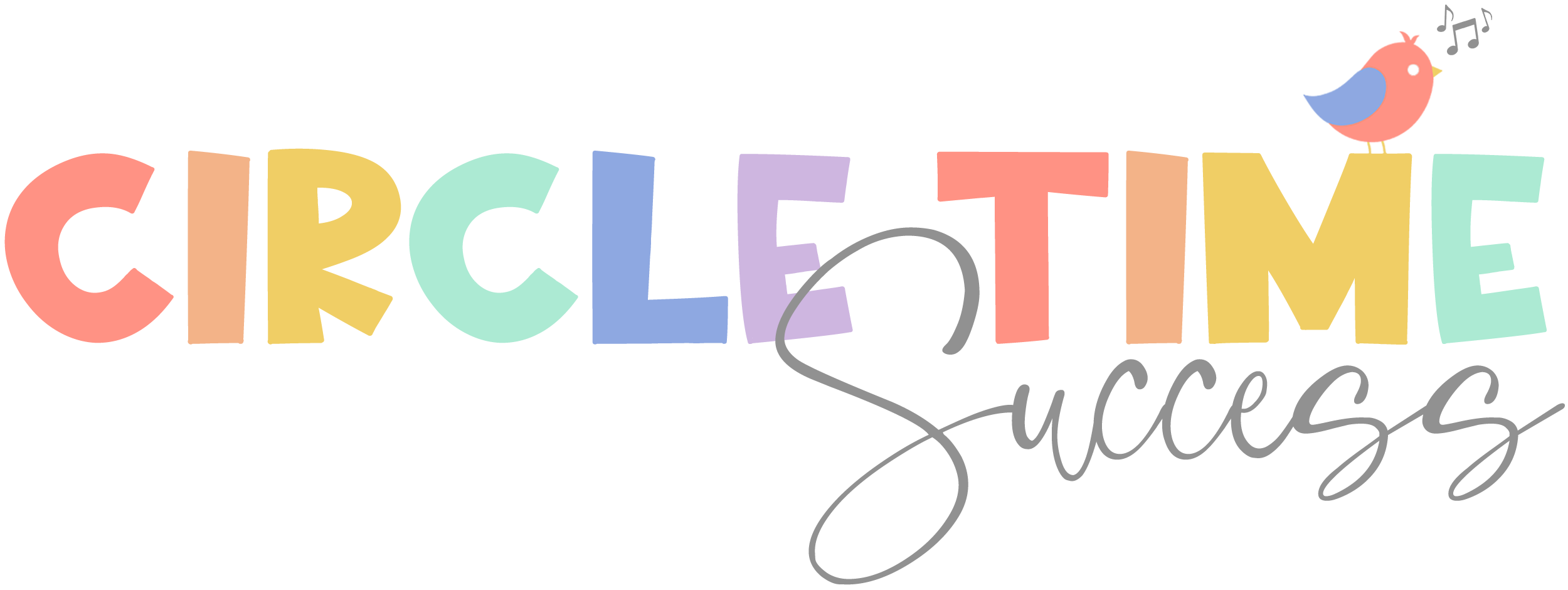This week we’re giving special focus to actively engaging infants with music. Why? Because using music with babies can help to develop their brain.
It’s easy to have music on in the background as you go about the day, but let’s talk about a few ways to create meaningful interactions and practice developmental skills through music. We’ve been on an ocean theme this month, so we’ll tie that in as well with some specific activities you can try with your little ones.
#1. Rock or Bounce to “Merrily We Roll Along”
Rock or bounce baby to the beat with them facing you or facing another child doing the same movement. This encourages eye contact and interaction. Don’t know the song? Listen below.
Lyrics:
(Tune: Mary Had a Little Lamb)
Merrily we roll along, Roll along, roll along. Merrily we roll along, O’er the dark blue sea.https://open.spotify.com/embed/track/1dkq1trBrDP0FLsLrYgOpDEDIT
#2. Use Manipulatives
Use ocean-themed bath toys from the dollar store to show various creatures as you sing “The Fish in the Sea” to the tune of “The Wheels on the Bus”.
Lyrics:
The fish in the sea all swim, swim, swim,
Swim, swim, swim, swim, swim, swim.
The fish in the sea all swim, swim, swim,
On our ocean adventure.
More Ideas:
Octopus wiggle, lobster snap, waves go up and down
#3. Fingerplays!
Start by modeling the actions. Then help them do the actions with hand-over-hand assistance until they’re ready to approximate the actions on their own. Use the same song as above, but use hand motions to practice motor coordination.
#4. Add a Visual
Play “Aquarium” from Saint-Saens’ Carnival of the Animals. Blow bubbles as the music plays to encourage visual tracking and hand-eye coordination. https://open.spotify.com/embed/track/3uMlVnUICQiNALYyLw0iVlEDIT
P.S. If you have babies in your care, be sure to check out Circle Time Success for Babies (and toddlers). It features 20 simple rhymes and songs that will not only make circle times fun and interactive, but also foster bonding, body awareness, communication skills and their quickly developing brain.

